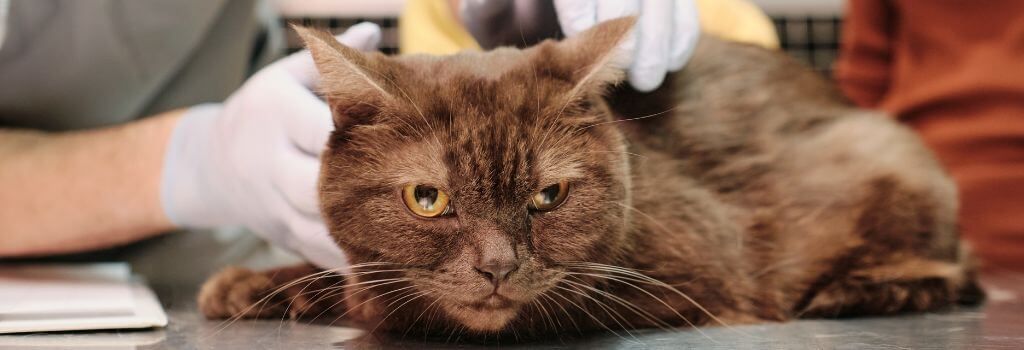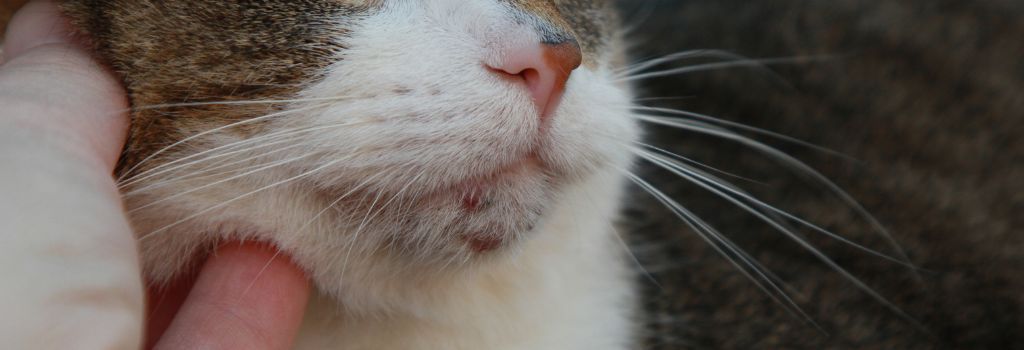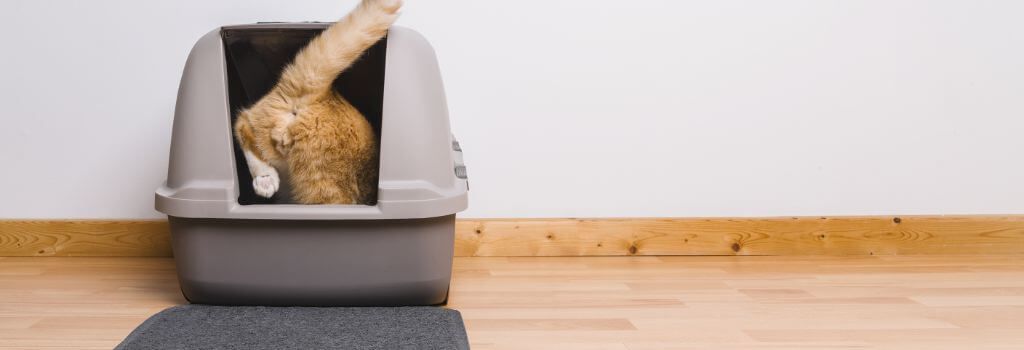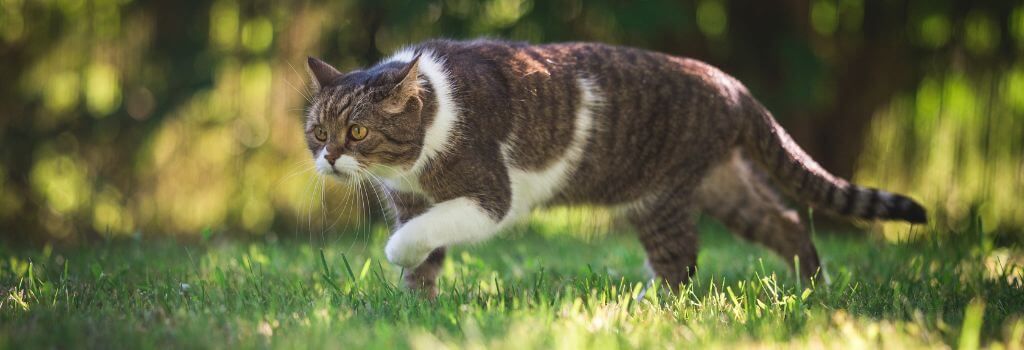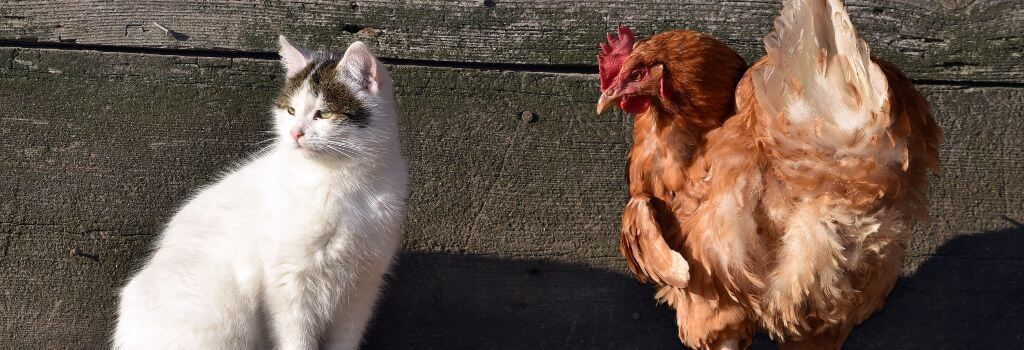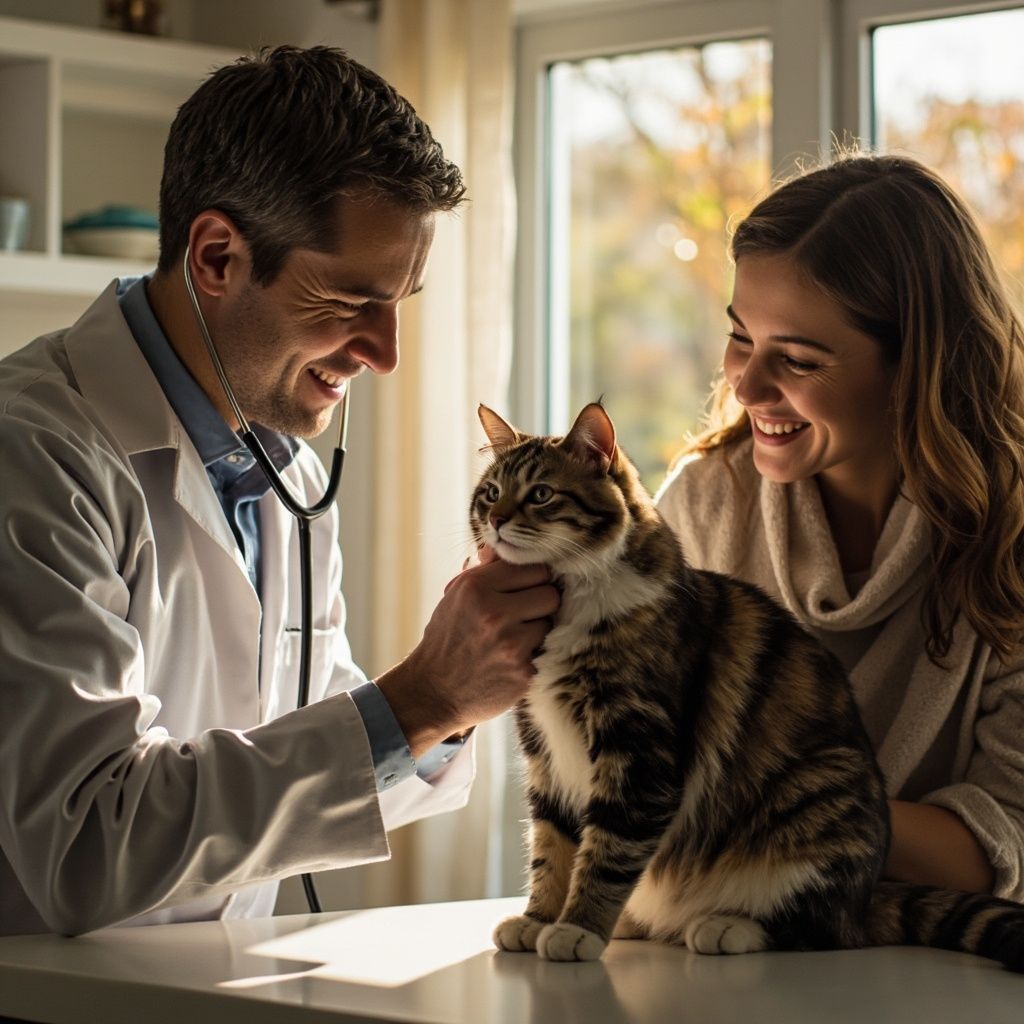Feline Diabetes: A Veterinarian's Insights for Optimal Cat Health and Wellness
Welcome to our in-depth exploration of feline diabetes , a condition that, as a practicing veterinarian, I encounter with increasing frequency in my feline patients. This blog is dedicated to unraveling the complexities of this disease, aiming to provide cat owners with a thorough understanding and practical guidance on managing it. Feline diabetes, much like its human counterpart, is a significant health concern that can profoundly impact a cat’s life. However, with early detection, proper management, and a collaborative approach between pet owners and veterinary professionals, cats with diabetes can lead fulfilling lives.
Whether you’re a long-time cat owner, have recently adopted a feline friend, or are simply looking to broaden your knowledge, this guide will arm you with valuable information and insights to better care for cats with this condition. So, let's embark on this journey together to ensure our feline companions receive the best care possible for a healthy and happy life.
Understanding Feline Diabetes: What It Is and Its Impact on Your Cat
Feline diabetes is a condition that every cat owner should be aware of, especially given its increasing prevalence. As a veterinarian, I find it crucial to explain this condition in a way that demystifies it for pet parents. This is why I explain feline diabetes mellitus as a chronic condition marked by the body's inability to regulate blood sugar levels properly.
In a healthy cat, the pancreas produces insulin, a hormone that helps regulate the amount of glucose (sugar) in the blood. Glucose is a vital energy source for your cat’s body cells. When a cat has diabetes, the pancreas either doesn't produce enough insulin or the body cannot use the insulin effectively. This leads to an accumulation of glucose in the blood, a condition known as hyperglycemia.
How Diabetes Affects Your Cat
The impact of uncontrolled diabetes on a cat can be significant and multi-faceted:
- Increased Thirst and Urination: One of the first signs cat owners may notice is an increase in both thirst and urination. Trying to rid itself of excess glucose, the body prompts the kidneys to filter more blood, leading to more urine. This, in turn, leads to dehydration and increased thirst.
- Weight Loss: Despite having a good appetite, diabetic cats often lose weight. This is because their bodies, unable to use glucose without insulin, begin to break down fat and muscle for energy.
- Lethargy: Elevated blood sugar levels can make your cat feel sluggish and tired. They may not play as much and can seem generally uninterested in activities they once enjoyed.
- Poor Coat Condition: You might also notice that your cat’s coat loses its luster, becoming dull and unkempt as grooming habits diminish.
Causes and Genetic Predispositions
While the exact cause of feline diabetes is not always clear, several factors can increase the risk:
- Obesity: Overweight cats are at a higher risk.
- Age: Older cats are more commonly affected.
- Gender : Male cats are more prone to diabetes.
- Genetic predisposition: Certain breeds, like Burmese cats, have a higher incidence of diabetes.
Diagnosing Diabetes
As a veterinarian, I consider the diagnosis of feline diabetes a critical step in setting the course for effective management and treatment. Understanding how this condition is diagnosed can help cat owners be more prepared and proactive in seeking veterinary care. The process involves a combination of clinical signs, blood tests, and urine analysis, aiming to build a comprehensive picture of the cat's health status.
The sooner it's identified, the quicker and more effectively it can be managed, preventing complications such as diabetic neuropathy or ketoacidosis, which are serious and potentially life-threatening.
Identifying the Signs
Diagnosis often begins with a thorough evaluation of clinical symptoms such as those listed above. You may be asked about changes in your cat’s behavior or habits, such as increased thirst, more frequent urination, unexplained weight loss despite normal or increased appetite, and lethargy. These signs can raise suspicion of diabetes, prompting further investigation.
Testing
Blood tests play a pivotal role in diagnosing feline diabetes. We typically conduct a Complete Blood Count (CBC) and a blood chemistry panel, including:
- Blood Glucose Levels: Persistent high levels of glucose in the blood are a key indicator of diabetes.
- Fructosamine Test: This test provides an average blood glucose level over the past two to three weeks, helping distinguish between temporary stress-induced hyperglycemia and diabetes.
- Urine Analysis: Examining a urine sample is crucial in addition to blood tests. Cats with diabetes often have glucose present in their urine. We also look for ketones, which can indicate more severe diabetes and the need for immediate treatment.
Treatment Options for Feline Diabetes: Diet, Exercise, and Beyond
I've seen firsthand how a comprehensive treatment plan can significantly improve the quality of life for cats with diabetes. Treating feline diabetes effectively requires medical intervention, dietary management, and lifestyle modifications, so listen to your veterinarian and create a plan of action for your feline friend.
Medical Management
- Insulin Therapy: The foundation of treating feline diabetes in most cases is insulin therapy. Many diabetic cats require insulin injections, which cat owners can learn to administer at home. The type and dosage of insulin are tailored to each cat’s needs and regularly adjusted based on blood glucose monitoring results.
- Regular Blood Glucose Monitoring : Monitoring blood glucose levels is essential to manage diabetes effectively. This can be done at home with a portable glucometer or at a veterinary clinic. Regular monitoring helps adjust insulin doses and detect any fluctuations in blood sugar levels.
Dietary Management
- Specialized Diets: Diet plays a crucial role in managing feline diabetes. A high-protein, low-carbohydrate diet helps in regulating blood sugar levels. These diets mimic the natural eating patterns of cats and can reduce the amount of insulin needed.
- Consistency in Feeding: Consistent feeding schedules and portion control are vital. Feeding your cat at the same times each day and in consistent amounts helps maintain stable blood glucose levels.
- Transitioning Diets: If a dietary change is necessary, it should be done gradually to avoid gastrointestinal upset. Work closely with your veterinarian to select the best diet for your diabetic cat.
The Role of Exercise
Regular, moderate exercise can help in controlling weight and improving insulin sensitivity. However, it’s important to ensure that exercise is safe and appropriate for your cat’s condition and age. Encouraging play and activity can be as simple as engaging in interactive play sessions with toys or creating an environment that encourages movement, such as cat trees or perches.
Additional Management Strategies
- Regular Veterinary Check-ups: Ongoing veterinary care is crucial for monitoring the overall health of a diabetic cat. This includes regular check-ups and blood tests to assess the effectiveness of the treatment plan.
- Managing Concurrent Illnesses: Diabetic cats are more prone to other health issues like urinary tract infections. It’s important to address these promptly as they can affect diabetes management.
- Weight Management: Maintaining an ideal body weight is essential. Overweight cats may need a carefully controlled diet to lose weight safely.
Support Increases Success
A diabetes diagnosis in your furry friend is not the end of the road but the beginning of a new chapter in care and companionship. With the right treatment plan, a well-managed diet, regular exercise, and your loving support, your feline friend can continue to enjoy a fulfilling, happy life.
As you embark on this journey with your cat, know that your veterinary team is here to support you every step of the way. From answering your questions to adjusting treatment plans, we aim to provide you and your cat with care and support. Living with a diabetic cat may seem daunting at first, but with patience, understanding, and a bit of routine, it quickly becomes a manageable part of daily life.
If you have questions and you'd like to reach out to us, you can call us directly at (859) 625-5678 , or you can email us at aacrichmond@yahoo.com. Don't forget to follow us on social media Facebook , Instagram.
Recent Posts

